Alon Hazan
The curious case of the test set AUROC
Dec 19, 2023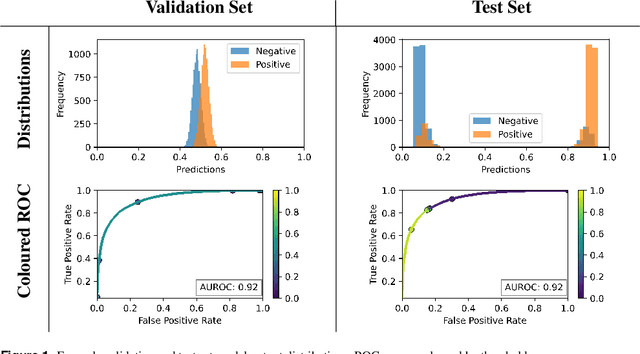
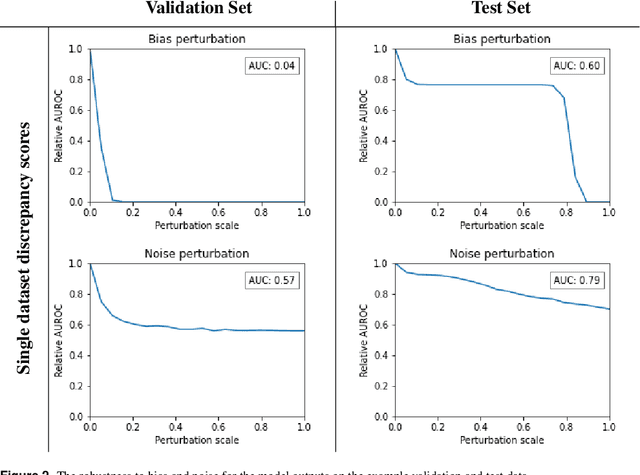
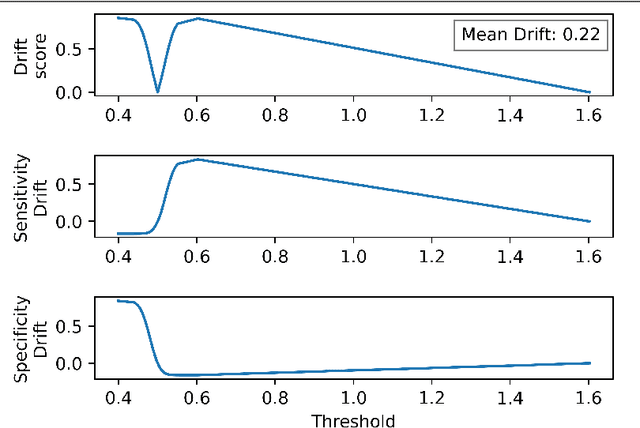
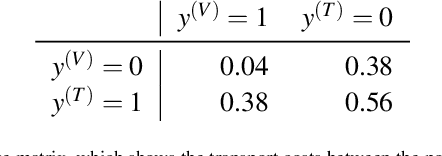
Abstract:Whilst the size and complexity of ML models have rapidly and significantly increased over the past decade, the methods for assessing their performance have not kept pace. In particular, among the many potential performance metrics, the ML community stubbornly continues to use (a) the area under the receiver operating characteristic curve (AUROC) for a validation and test cohort (distinct from training data) or (b) the sensitivity and specificity for the test data at an optimal threshold determined from the validation ROC. However, we argue that considering scores derived from the test ROC curve alone gives only a narrow insight into how a model performs and its ability to generalise.
Mammography Dual View Mass Correspondence
Jul 02, 2018



Abstract:Standard breast cancer screening involves the acquisition of two mammography X-ray projections for each breast. Typically, a comparison of both views supports the challenging task of tumor detection and localization. We introduce a deep learning, patch-based Siamese network for lesion matching in dual-view mammography. Our locally-fitted approach generates a joint patch pair representation and comparison with a shared configuration between the two views. We performed a comprehensive set of experiments with the network on standard datasets, among them the large Digital Database for Screening Mammography (DDSM). We analyzed the effect of transfer learning with the network between different types of datasets and compared the network-based matching to using Euclidean distance by template matching. Finally, we evaluated the contribution of the matching network in a full detection pipeline. Experimental results demonstrate the promise of improved detection accuracy using our approach.
AdapterNet - learning input transformation for domain adaptation
May 29, 2018

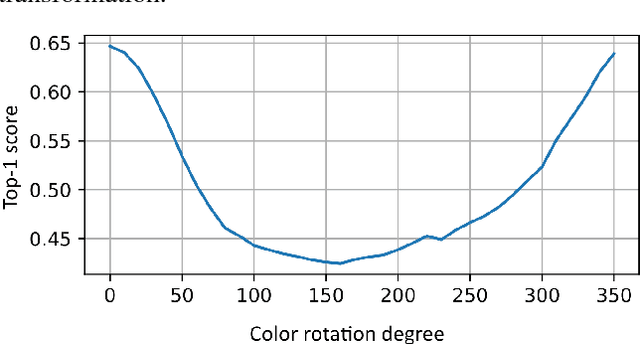

Abstract:Deep neural networks have demonstrated impressive performance in various machine learning tasks. However, they are notoriously sensitive to changes in data distribution. Often, even a slight change in the distribution can lead to drastic performance reduction. Artificially augmenting the data may help to some extent, but in most cases, fails to achieve model invariance to the data distribution. Some examples where this sub-class of domain adaptation can be valuable are various imaging modalities such as thermal imaging, X-ray, ultrasound, and MRI, where changes in acquisition parameters or acquisition device manufacturer will result in different representation of the same input. Our work shows that standard finetuning fails to adapt the model in certain important cases. We propose a novel method of adapting to a new data source, and demonstrate near perfect adaptation on a customized ImageNet benchmark.
Learning an attention model in an artificial visual system
Jan 24, 2017



Abstract:The Human visual perception of the world is of a large fixed image that is highly detailed and sharp. However, receptor density in the retina is not uniform: a small central region called the fovea is very dense and exhibits high resolution, whereas a peripheral region around it has much lower spatial resolution. Thus, contrary to our perception, we are only able to observe a very small region around the line of sight with high resolution. The perception of a complete and stable view is aided by an attention mechanism that directs the eyes to the numerous points of interest within the scene. The eyes move between these targets in quick, unconscious movements, known as "saccades". Once a target is centered at the fovea, the eyes fixate for a fraction of a second while the visual system extracts the necessary information. An artificial visual system was built based on a fully recurrent neural network set within a reinforcement learning protocol, and learned to attend to regions of interest while solving a classification task. The model is consistent with several experimentally observed phenomena, and suggests novel predictions.
 Add to Chrome
Add to Chrome Add to Firefox
Add to Firefox Add to Edge
Add to Edge